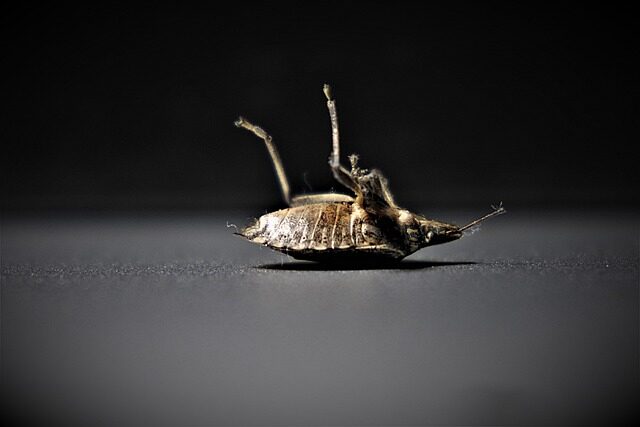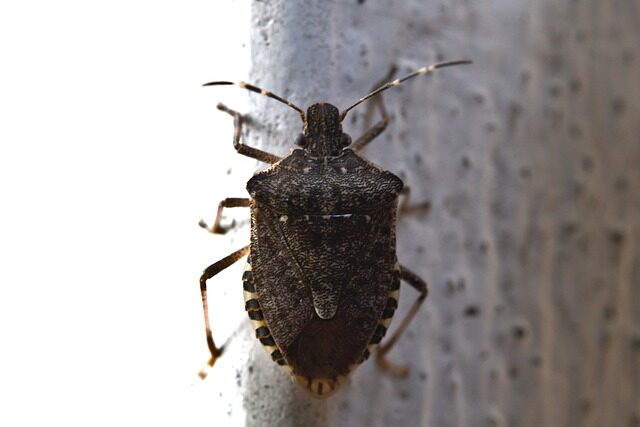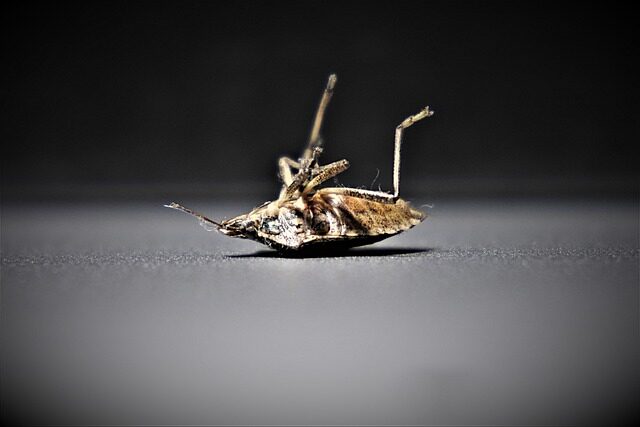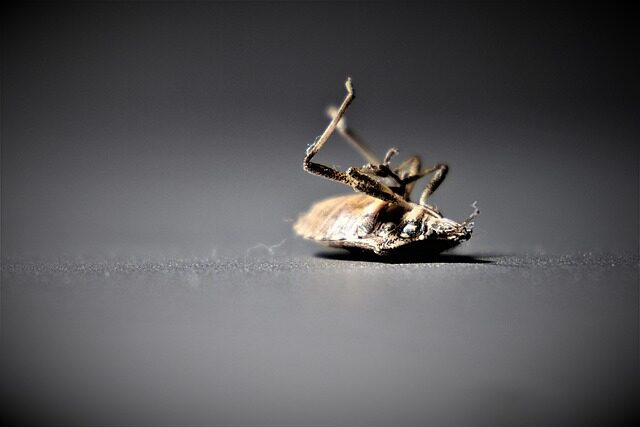Bedbugs: Identifying and Preventing Home Infestations

Bedbugs are tiny, elusive pests that have become a growing concern in homes, hotels, and even public transportation. These small, reddish-brown insects thrive on human and animal blood and are skilled at remaining undetected. Their knack for hiding in minuscule crevices makes them difficult to discover, and their preference for darkness makes infestations a challenge to manage.
Addressing a bedbug problem requires a keen eye and a proactive stance. It's not just about finding and eliminating them from your living space; it's also about recognizing early signs and taking preventive measures to ensure they don't return.
How do I know if I have bed bugs?
Determining whether you have bed bugs involves searching for physical evidence of their presence. Look for bite marks on your skin that appear in a line or cluster, often accompanied by itching. In your home, inspect for tiny blood spots on your sheets or mattress, which could indicate their feeding activity. Another telling sign is finding shed skins or fecal spots in the corners of your bedding or furniture.
Regular inspection plays a crucial role in catching an infestation early. Focus on areas where bed bugs are most likely to hide, such as mattress seams, bed frames, and headboards. It's also wise to check behind picture frames, electrical outlets, and any cracks in the walls or floors.
Bed bugs are not exclusive to beds; they can inhabit any furniture that provides them with a dark and isolated environment. Being vigilant about inspecting any second-hand furniture before bringing it into your home is essential.

What are the early signs of bed bugs?
Early detection is key to controlling bed bug infestations. The initial signs include itchy, red welts on your skin, often after sleeping. You might also notice a sweet, musty odor in your bedroom, which is a scent emitted by bed bugs' scent glands. In addition, small bloodstains or rusty-colored spots on bed linens are common early indicators.
Keep an eye out for live bed bugs, though they are notoriously good at hiding. These pests are typically the size of an apple seed and can be seen upon close examination of your mattress and bedding. If you suspect an infestation, it's advisable to conduct a thorough inspection or seek professional help.
Another sign to watch for is bed bug eggs or eggshells, which are tiny and white. These can often be found in the same hidden areas as the bugs themselves.

How can I prevent bed bugs while traveling?
Traveling presents unique challenges in avoiding bed bugs. Inspect your hotel room upon arrival, focusing on the bed, furniture, and any soft furnishings. If you spot any signs of bed bugs, notify management immediately and request a different room, or consider finding another hotel.
To minimize the risk of bringing bed bugs home, keep your luggage on a luggage rack away from walls and beds. It's also a good idea to store your clothing in sealed plastic bags, and upon returning home, wash all your clothes in hot water and vacuum your suitcase thoroughly.
Additionally, be wary of public transportation, where bed bugs can hitch a ride on your belongings. Regularly check and clean your travel items to lessen the chances of an infestation.

What should I do if I suspect a bed bug infestation?
If you fear that bed bugs have invaded your space, take immediate action. Begin by cleaning your bedding, curtains, and clothing in hot water and drying them on the highest dryer setting. Use a stiff brush to scrub your mattress seams to remove bed bugs and their eggs.
Next, vacuum your bed and surrounding area extensively. After vacuuming, ensure to place the vacuum cleaner bag in a sealed plastic bag and dispose of it outside your home. For serious infestations, it might be necessary to enlist the services of a professional exterminator who can apply a more comprehensive treatment strategy.
How do bed bugs get into my home?
Bed bugs are master hitchhikers and can enter your home in numerous ways. They may latch onto your clothing, luggage, used beds, or other furniture. Once inside, they disperse quickly to various hiding spots where they can live for several months without feeding.

Another common method of entry is through shared walls in apartment complexes, as bed bugs can crawl through tiny openings and establish themselves in new environments. Being vigilant about what you bring into your home and inspecting for bed bugs can help prevent their entry.
What are the best methods to get rid of bed bugs?
Eliminating bed bugs can be a daunting task, but with the right approach, it's certainly possible. A combination of chemical and non-chemical treatments is often most effective. Apply bed bug-specific insecticides, and consider non-toxic options like diatomaceous earth and heat treatments. Encasing your mattress and box springs in bed bug-proof covers can also trap existing insects and prevent further infestation.
Regularly clean and declutter your living space to reduce hiding places for bed bugs. Steam cleaning furniture and carpets can kill bed bugs at all stages of life. Remember that persistence is crucial; multiple treatments may be necessary to fully eradicate these pests.


Leave a Reply